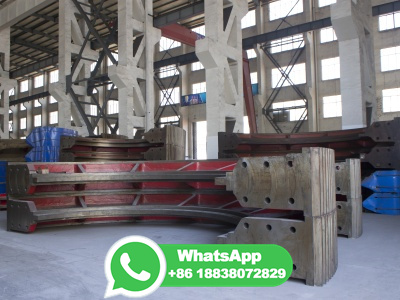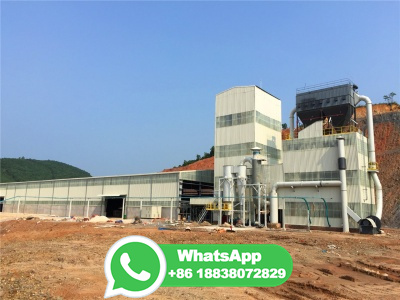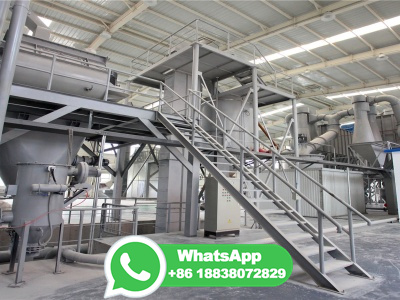What is nuclear fusion | IAEA
WEBMar 31, 2022 · 03 Aug 2023. Matteo Barbarino, IAEA Department of Nuclear Sciences and Appliions. Nuclear fusion is the process by which two light atomic nuclei combine to form a single heavier one while releasing massive amounts of energy. Fusion reactions take place in a state of matter called plasma — a hot, charged gas made of positive ions .


































